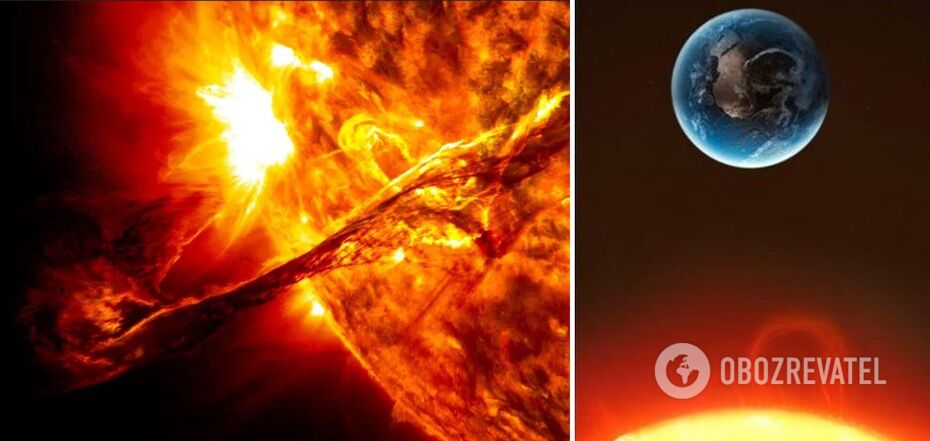Life
Star found to have unprecedented outbursts that could destroy life on planets
The two-star system V1355 Orionis is home to a star that emits superbursts that are 10 times more powerful than the most powerful flare ever recorded on our Sun. Scientists say they have never seen such power in stars and believe that if such a star were near Earth, it would threaten the existence of life on the planet.
Scientists from Kyoto University in Japan described the study in an article published by the scientific journal The Astrophysical Journal. The superburst was observed through simultaneous observations from Earth using the Seimei telescope and from space - thanks to the transit satellite for the study of exoplanets (TESS).
Our Sun also has flares and geomagnetic storms, and stronger flares can affect satellite and radio communications and even cause very large blackouts. Also, such solar flares cause headaches in people at risk (hypertensives, hypotensive people, people with heart disease). But compared to the star from the V1355 Orionis system, our Sun is just a child playing too loud.
A team of astronomers led by Shun Inoue managed to capture a superburst that began with a massive, high-speed protuberance. Scientists admit they were surprised by its power, as they had never seen anything like it before.
The velocity of the flare was at least 990 km/sec. This is almost three times the speed needed to overcome the star's gravitational pull - according to scientists, this figure is 347 km/sec. This means that the eruption of the protuberance was released from the star's gravitational pull and turned into a coronal mass ejection.
As a result, trillions of tons of hazardous material were directed into space and probably towards one of the planets of the system.
Such powerful flares, scientists calculated, could affect the evolution of the planets in the system and their atmospheres. Moreover, a flare of sufficient power could destroy any life on these planets.
V1355 Orionis is located 400 light-years from Earth in the constellation Orion. The system has both K- and G-type stars (like our Sun). The K star is a subgiant and the source of the outburst.
The measurements made by Japanese scientists aim to help astronomers understand how superbursts and eruptions begin.
The results of their observations suggest that further modeling and simulation of prominences in this type of star, especially in a binary system, is needed. Among other things, the scientists believe, it is important to understand how much mass the star loses due to its prominences and associated coronal mass ejections.
Further observations of the star will help clarify what is happening on its surface and with the magnetic fields of both types of stars.
Earlier OBOZREVATEL also reported that young stars, which produce much less dangerous for life on the planets of ultraviolet radiation were more dangerous than scientists thought.
Subscribe to OBOZREVATEL channels on Telegram and Viber to keep up with the latest developments.




























